25 Social Rules From The 1950s That Seem Wild Today

The 1950s was a decade marked by prosperity, post-war optimism, and a strict adherence to traditional values—many of which now seem strange or outdated. Social rules governed nearly every aspect of life, often reinforcing rigid gender roles and conservative behavior.
Women were expected to be dutiful housewives, maintaining a spotless home, having dinner ready by 5 p.m., and looking presentable for their husbands’ return from work. Men, meanwhile, were the undisputed breadwinners, discouraged from showing emotion or engaging in domestic responsibilities. Dating also followed a peculiar code of conduct.
Young women were encouraged to wait for men to initiate every interaction, from phone calls to proposals. A woman calling a man was seen as aggressive and improper. Public displays of affection were frowned upon, and couples were often chaperoned.
Even etiquette at dinner parties or in public was guided by strict norms—children were to be “seen and not heard,” and showing up to someone’s home without a formal invitation was considered rude. The emphasis on conformity was so strong that dressing too casually or speaking out of turn could spark social gossip. Looking back, these norms reflect a world obsessed with order and appearances, often at the expense of individuality and equality.
1. Women Needed Men’s Permission for Banking
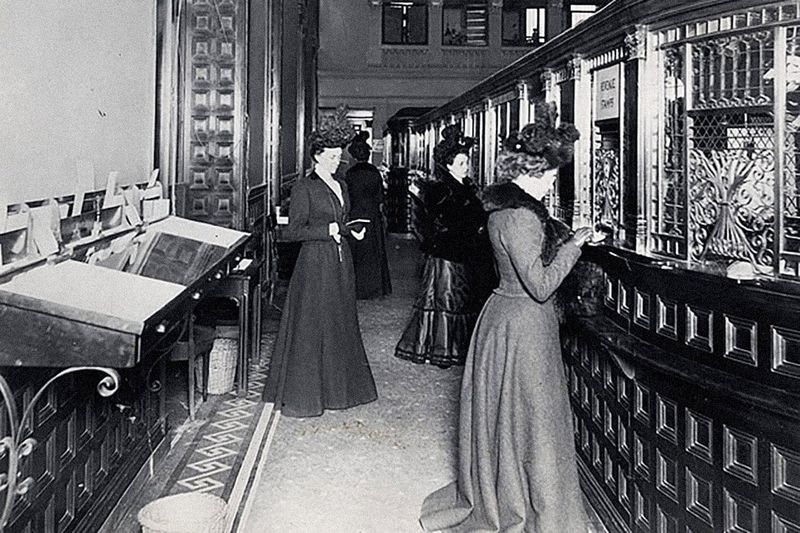
Imagine needing a man’s signature just to open a bank account. Yes, in the 1950s, women couldn’t open their own bank accounts without their husband or father’s permission. This rule was as baffling as someone tying your shoelaces together before a race. It wasn’t just a minor inconvenience; it was a restriction on financial independence that kept many women in a state of economic dependency.
In those days, being a financially independent woman was akin to spotting a unicorn in your backyard. Women were expected to rely on the men in their lives to handle all financial matters, which was as frustrating as trying to explain technology to your grandparents. It wasn’t until the late 60s and 70s that women began to gain financial autonomy.
So when women eventually got the right to manage their own money, it felt like a grand victory, much like finally winning at Monopoly after years of losing.
2. The Perfect Dinner-Ready Wife
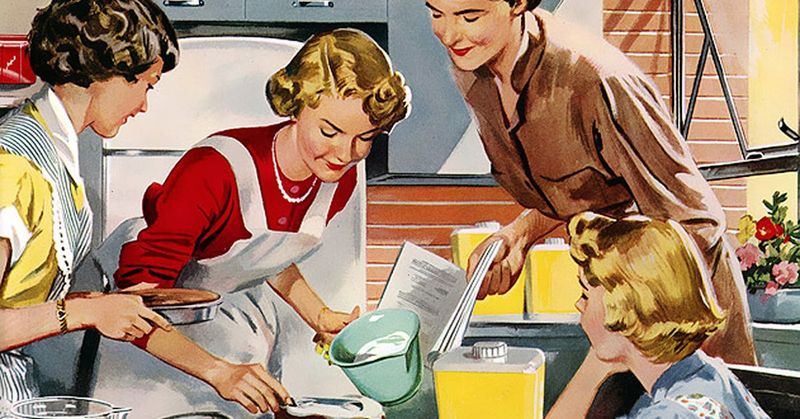
Picture this: a perfectly coiffed woman awaiting her husband’s arrival home from work, dinner prepared, and her appearance as impeccable as a freshly ironed shirt. This was the expectation for wives in the 1950s, where domestic perfection was not just encouraged but practically mandated.
The idea was to create a serene and welcoming environment for the man of the house, a notion that feels as outdated as a rotary phone. Wives were expected to put on their best faces, literally and figuratively, before their husbands walked through the door, setting the stage for an evening of domestic bliss.
For many, this rule was as pleasing as a rusty nail, and while some women thrived in this role, others found it stifling. The 60s and 70s brought waves of change, when women began to question and dismantle these traditional roles.
3. Men Weren’t Allowed to Cry
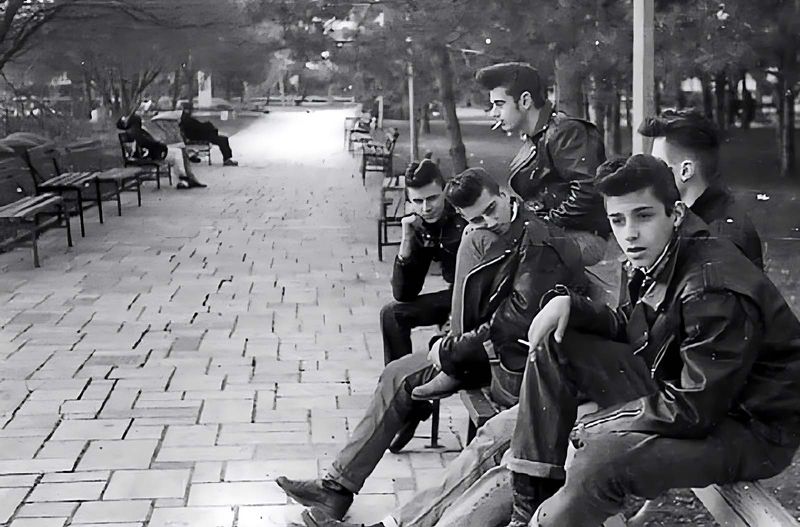
Emotions in a 1950s man were like a rare steak: never well-done. Crying or showing emotion was seen as a sign of weakness, something no “real man” would do. Men were expected to be stoic, not shedding a tear unless they had a solid reason, like a rogue nail in the shoe.
This expectation placed an emotional straitjacket on many men, turning them into emotional fortresses. It was as if emotions were locked away in a vault, only to be opened when society deemed it “manly enough.” This rule perpetuated the stereotype of the unfeeling male, leading to generations of emotionally stifled men.
Only later did the cultural tide shift to recognize that real strength comes in embracing vulnerability. Today, a man shedding a tear is seen as human, not a breach of masculinity.
4. Children Should Be Seen, Not Heard

Children in the 1950s were expected to be as silent as a mime in a library. The “seen and not heard” rule dictated that kids should only speak when spoken to, maintaining an air of quiet decorum that would rival a Zen monastery.
This meant that dinner conversations were often adult affairs, with children relegated to the role of silent observers, waiting patiently for the rare opportunity to interject. It was like being in a play, where the children were the set pieces rather than the actors.
Yet, this cultural norm was slowly dismantled as the decades rolled on, with children gradually becoming more vocal participants in family life. Today, seeing a child speak freely is as mundane as seeing a cat chase a laser pointer.
5. Divorce Was a Scandalous Taboo

In the 1950s, divorce was the social equivalent of donning a polka-dot suit to a black-tie event. It wasn’t just frowned upon; it was scandalous, often leading to social ostracism and whispers behind one’s back that could rival a gossip column.
Many stayed in unhappy marriages to avoid the stigma, bound by societal expectations that made walking away seem as daunting as climbing Everest in flip-flops. Divorcees were often viewed as having failed at the ultimate test of adulthood.
Thankfully, the cultural perceptions of divorce have evolved. Today, parting ways is seen more as a personal decision rather than a social failing, allowing individuals the freedom to redefine their happiness.
6. Unmarried Women Were ‘Old Maids’
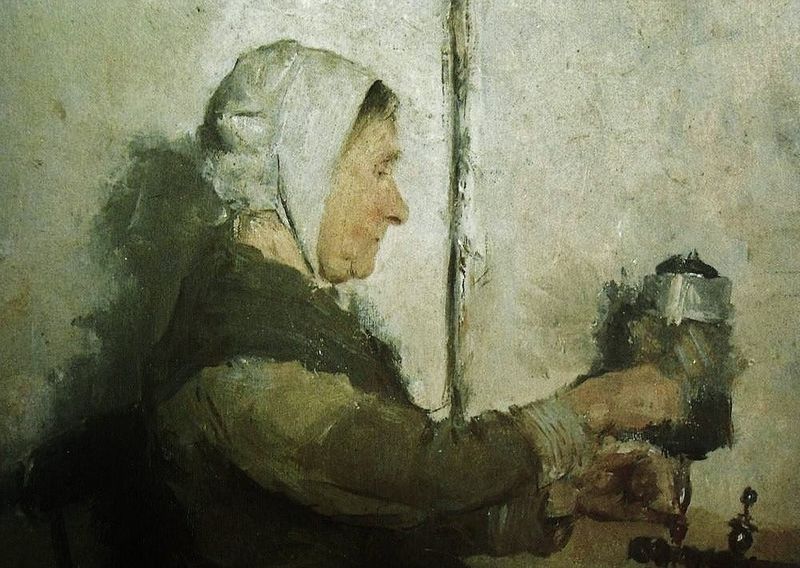
Unmarried women in their mid-20s during the 1950s were often given the unflattering title of “old maids,” as if they’d already reached their expiration date in the marriage market. It was a term that carried the weight of societal pressure, as heavy as a lead balloon.
Marriage was seen as the ultimate goal, and any woman not hitched by her mid-20s was thought to be languishing, like a flower left unwatered. This notion was as confining as a corset, limiting women’s roles to that of wife and mother.
As the decades progressed, these ideas were challenged, giving rise to the modern concept of independence where a woman’s worth isn’t measured by her marital status.
7. Dressing Up for Shopping and Travel
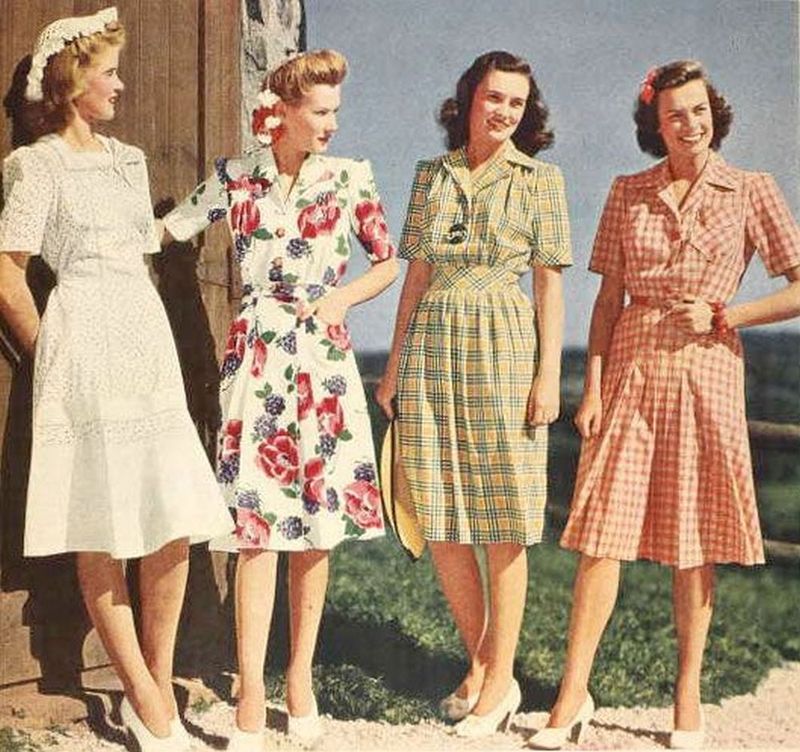
Going shopping or traveling in the 1950s was akin to attending a fashion show. People dressed to the nines, sporting suits, gloves, and hats like they were heading to a Broadway premiere rather than the local grocery store.
This strict dress code extended to nearly all public outings, turning even mundane errands into a sartorial event. Casual wear was as rare as a snowman in the Sahara, reserved only for private settings.
As society evolved, so did fashion, allowing people to embrace more relaxed styles without the fear of public scrutiny. Today, running errands in sweatpants is perfectly acceptable, and no one bats an eye.
8. ‘Going Steady’ Meant Commitment
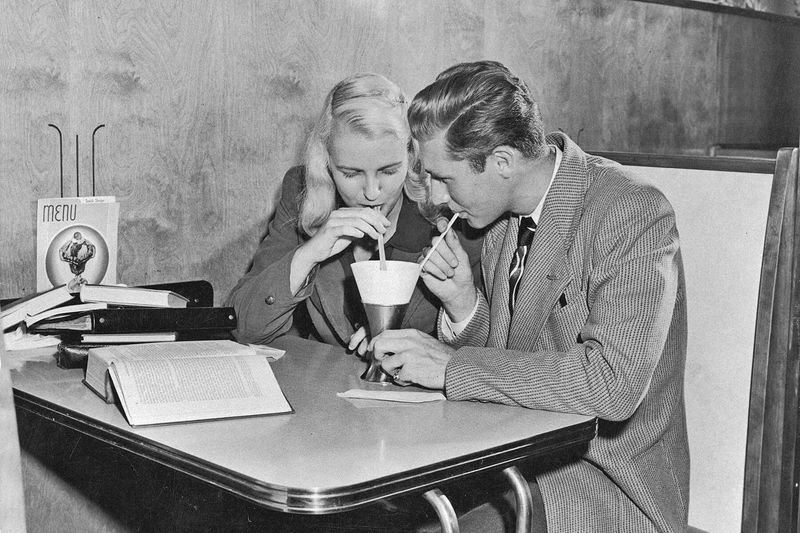
Oh, the 1950s, when “going steady” was practically synonymous with being engaged. Teenagers wore each other’s class rings as symbols of commitment, akin to a pre-marriage contract. It wasn’t just puppy love; it was a declaration of intent.
In those days, “going steady” was serious business, with social expectations as rigid as a starched collar. Friends and family often viewed it as a precursor to marriage, setting the stage for future matrimony.
This level of commitment among teenagers seems as foreign today as a penguin at a beach party. Modern dating has become more fluid and less constraining, allowing young people to explore relationships without the weight of expectation.
9. Ladies Never Left Without Makeup

For women in the 1950s, leaving the house without makeup was as unthinkable as going to a wedding in pajamas. A lady’s appearance was meticulously crafted, with makeup as essential as her morning coffee.
Even for the most mundane of errands, the expectation was to present a perfectly polished exterior. Makeup was more than just a beauty enhancer; it was a societal expectation, like a uniform that signaled femininity and grace.
As times changed, so did these beauty standards, allowing women to embrace their natural looks without fear of societal retribution. Today, makeup is a matter of personal choice, free from the rigid expectations of the past.
10. Men Always Paid on Dates
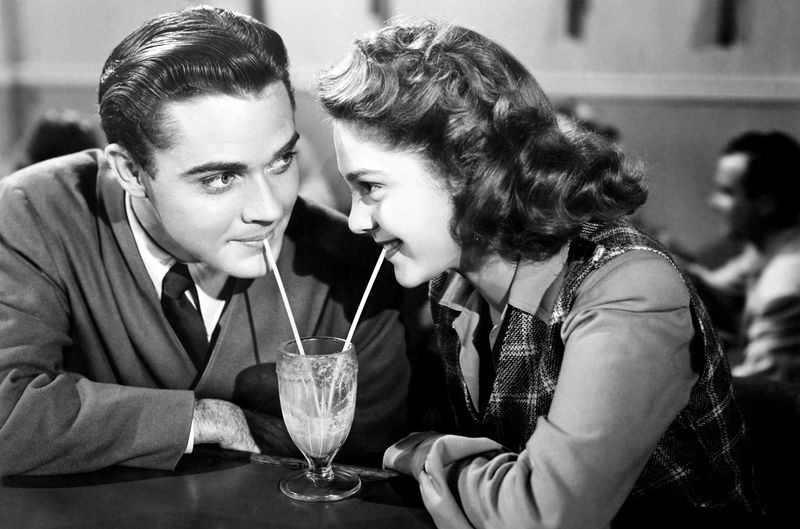
In the 1950s, dating came with its own rulebook, and at the top of the list was: men always paid. It was as non-negotiable as gravity, a custom deeply rooted in the era’s chivalrous ideals.
Offering to pay as a woman was considered insulting, disrupting the traditional gender roles that were as entrenched as a cactus in the desert. Men were expected to foot the bill, showcasing their ability to provide and protect.
While some still adhere to this tradition, modern dating norms have shifted to embrace a more egalitarian approach, making the decision to split the bill a personal choice rather than a societal mandate.
11. Women Couldn’t Call Men

In the 1950s, the telephone was a tool wielded with caution when it came to dating. Women were not supposed to call men unless it was a dire emergency. It was like having a telephone but only using it as a paperweight.
This unspoken rule reinforced the idea that men should initiate contact, leaving women to wait by the phone like anxious detectives on stakeout. Calling a man could be seen as forward, disrupting the delicate dance of courtship.
The liberation of communication that followed with technological advances has made this rule as obsolete as a dial-up modem. Today, reaching out is as simple as a text, free from outdated etiquette norms.
12. Couples Slept in Separate Beds
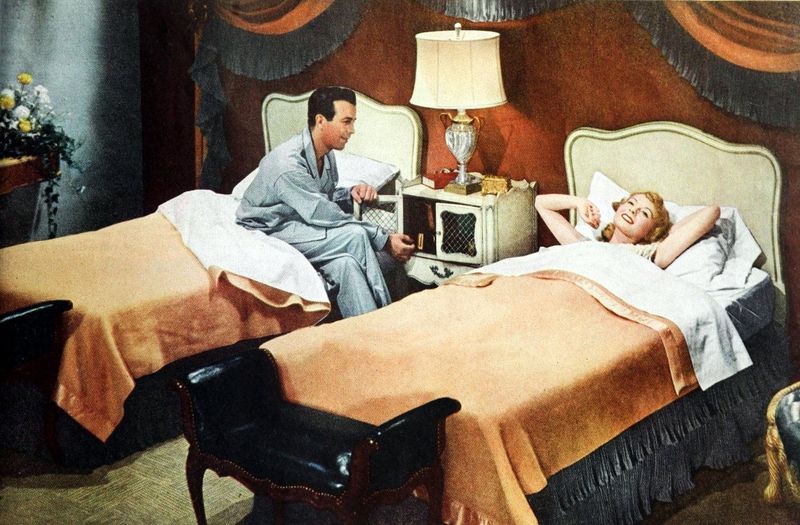
Ah, the 1950s, where couples sleeping in separate beds was as common as the morning paper. This sleeping arrangement was often mirrored on television, where separate beds were the norm to uphold a sense of decorum.
In reality, some couples did indeed follow this practice, viewing it as a way to maintain personal space and avoid the disruption of a snoring partner. It was as practical as it was symbolic of the era’s conservative values.
Over time, the idea of separate beds gave way to the now-standard shared bed, reflecting a shift in cultural norms towards intimacy and connection.
13. Talking About Sex Was Taboo
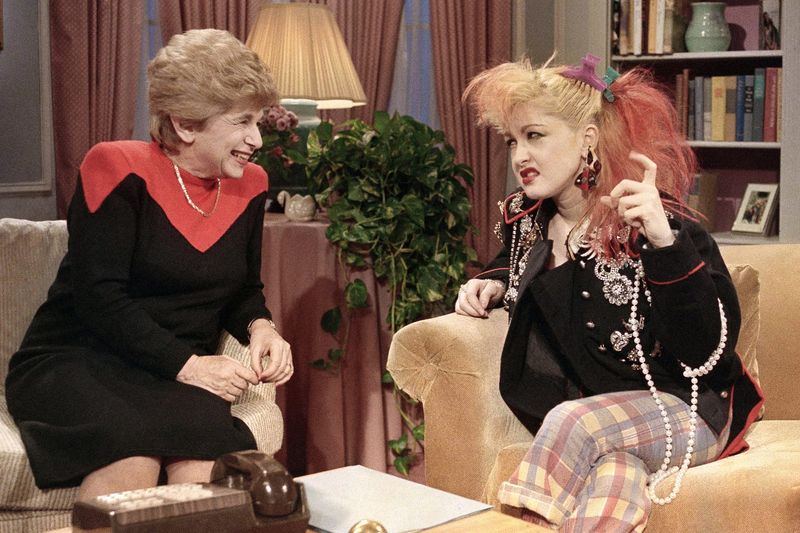
The 1950s were a time when talking about sex was more taboo than discussing politics at Thanksgiving. It was a subject wrapped in layers of discretion, like a gift no one wanted to open.
For women, especially, the subject was veiled in secrecy, making it as confusing as assembling furniture without instructions. Public or even private discussions on the topic were often avoided, leaving many with questions unanswered.
As society evolved, so did conversations around intimacy, leading to a more open discourse. Today, the subject is no longer hushed, allowing for education and understanding.
14. Women Quit Jobs After Marriage
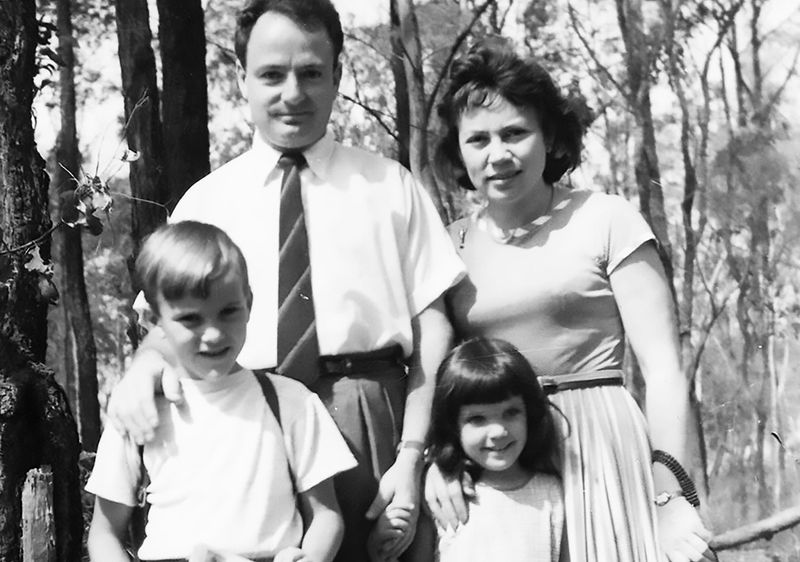
In the 1950s, a woman’s wedding day was often the last day she clocked in at the office. Society anticipated that she would trade her briefcase for an apron, stepping into the role of full-time homemaker.
This transition was as expected as sunrise, with career ambitions taking a backseat to domestic duties. The notion of a career woman was as rare as a hen’s teeth, with societal expectations firmly rooted in traditional gender roles.
Decades later, these norms have been challenged, with women balancing both work and family, proving that one’s destiny is not defined by marital status.
15. Formal RSVPs for Events
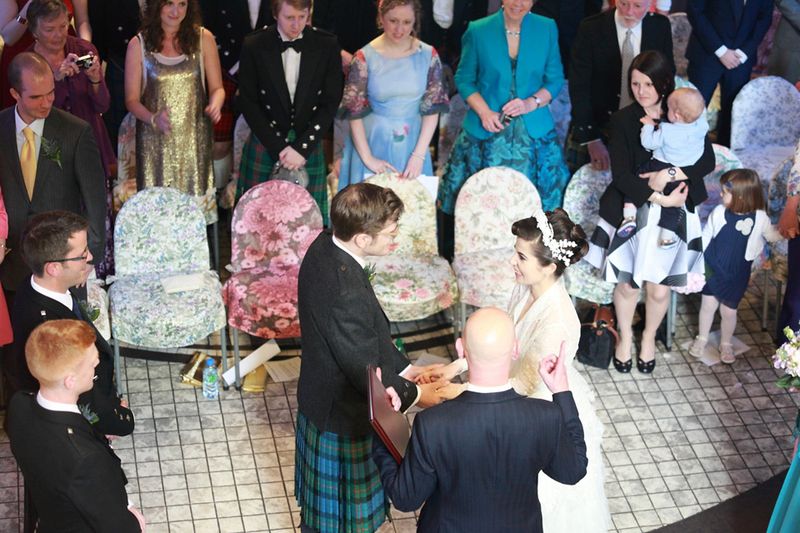
Before the age of digital invites, RSVPs were sent through the mail with the precision of a synchronized swim team. Social events required formal responses, and showing up unannounced was as shocking as a fish riding a bicycle.
These written confirmations were a staple of social etiquette, ensuring hosts could prepare adequately, with no room for spontaneity or last-minute cancellations. It was a time when planning an event required the forethought of a chess grandmaster.
The arrival of technology brought a more casual approach to RSVPs, making hastily arranged gatherings as simple as sending a text.
16. Teenagers Were Chaperoned on Dates
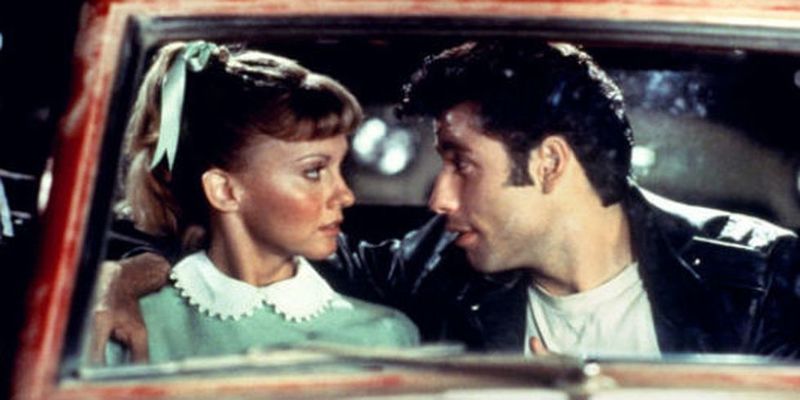
In the 1950s, teenagers on dates often found themselves under the watchful eyes of a chaperone, as if auditioning for the role of future spouse. Parents or other responsible adults ensured that young love didn’t stray too far from the straight and narrow.
This practice was as common as soda fountains, creating a structured environment for romance to blossom within the boundaries of propriety. The presence of a chaperone was both a safeguard and a silent reminder of the era’s moral compass.
As societal norms relaxed, the need for chaperones dwindled, and dating became a more private affair, allowing teens the freedom to explore relationships independently.
17. Sitting with Proper Posture
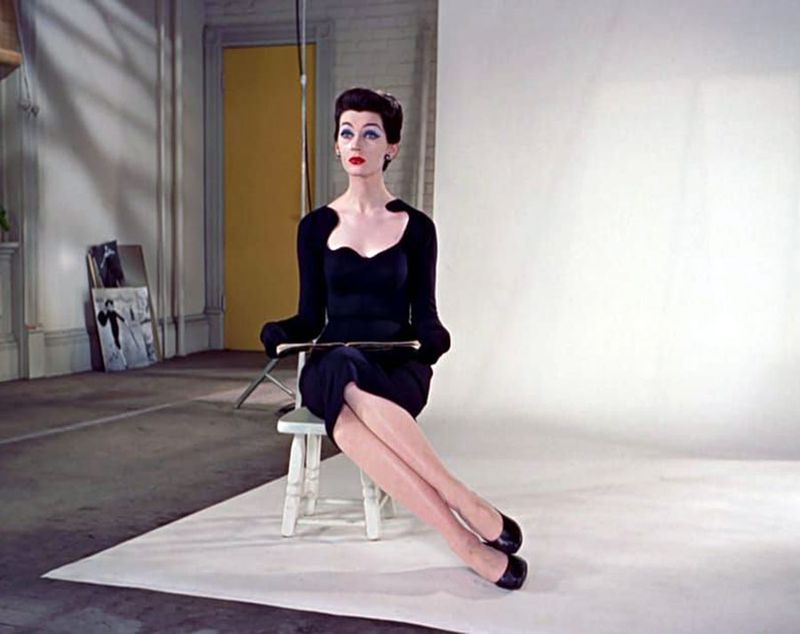
In the 1950s, proper posture was as vital as a sturdy backbone, with women expected to sit with grace and poise. Slouching was seen as a breach of decorum, with legs crossed at the ankle the only acceptable pose.
This rule was as unyielding as a wooden chair, with posture seen as a reflection of one’s upbringing and manners. It was a way of maintaining dignity and elegance in every public setting.
Over time, societal expectations eased, allowing individuals to sit comfortably without the fear of judgment. Today, posture is more about comfort than conformity.
18. Men Removed Hats Indoors
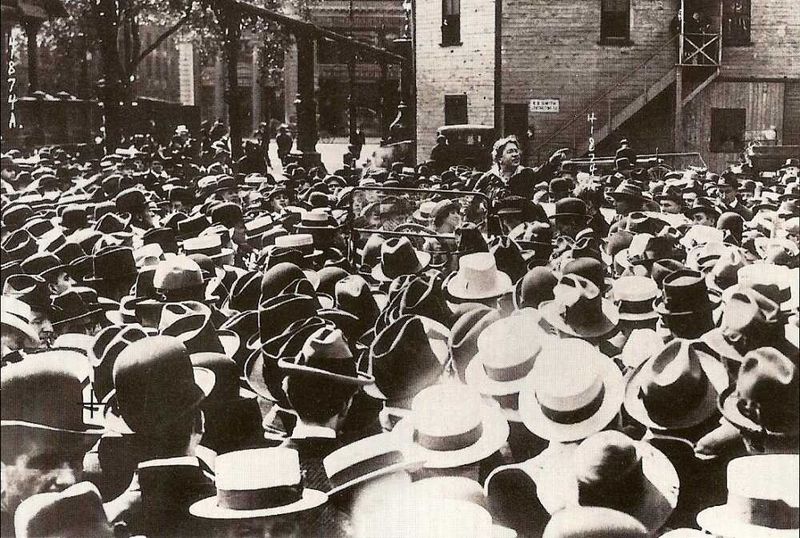
Men in the 1950s religiously followed the rule of removing hats indoors, a gesture as ingrained as a handshake. It was a sign of respect and good manners, a nod to the era’s appreciation for decorum.
Failing to adhere to this rule was akin to leaving the house without pants, as it signaled a lack of respect for the space and its occupants. The act of removing a hat was as symbolic as an olive branch, an offering of courtesy.
While some still observe this tradition, the rigid adherence to hat etiquette has largely fallen by the wayside, reflecting a more relaxed approach to formalities.
19. Smoking Was Encouraged
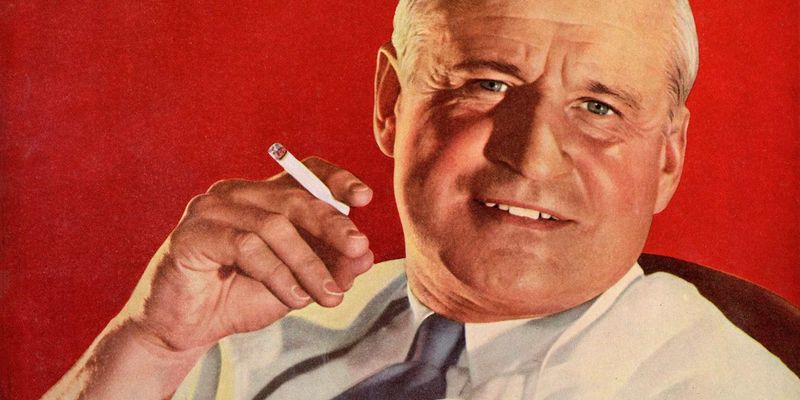
In the 1950s, smoking was as socially acceptable as breathing, with cigarettes making appearances in hospitals, airplanes, and business meetings. It was an era where doctors themselves endorsed specific brands, adding an air of credibility to the habit.
Ashtrays were as common as salt shakers, with smoke-filled rooms the norm rather than the exception. It was a time when lighting up was as routine as a morning coffee, seen as a sophisticated indulgence rather than a health hazard.
As awareness of the dangers of smoking grew, the cultural perception shifted, making smoke-free environments the standard we know today.
20. Talking Back Could Lead to Punishment
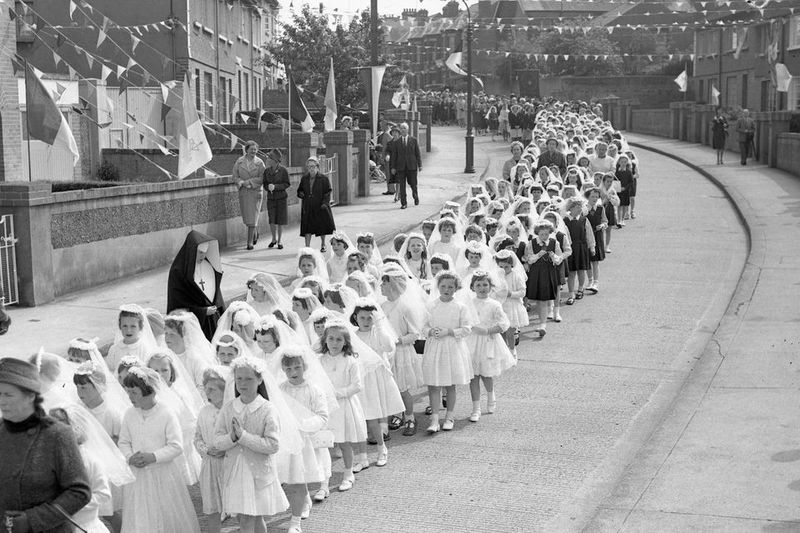
In the 1950s, children who dared to talk back were met with the swift justice of corporal punishment, a consequence as dreaded as a dentist’s drill. The idea was to instill respect for authority through physical discipline, often with the permission of parents.
Corporal punishment was as commonplace as a school bell, with schools and homes alike employing this method to keep children in line. It was a time when speaking up against an adult was seen as a direct challenge to the social order.
As attitudes towards discipline evolved, the use of corporal punishment declined, giving way to more respectful and communicative methods of raising children.
21. Wearing Jeans Was Rebellious

In the 1950s, wearing jeans outside of farm work was akin to sporting a neon sign reading ‘rebel.’ Jeans were associated with defiance and non-conformity, a symbol of youthful rebellion that was as bold as a rock concert in a library.
For many, denim represented a break from tradition, a fashion statement that challenged the era’s formal dress codes. It was a way for young people to express their individuality in a world that prized conformity.
Fast forward to today, and jeans have become a wardrobe staple for all ages, a testament to fashion’s ever-evolving landscape. What was once rebellious is now as common as a T-shirt.
22. Avoiding Politics, Religion, and Money Talk
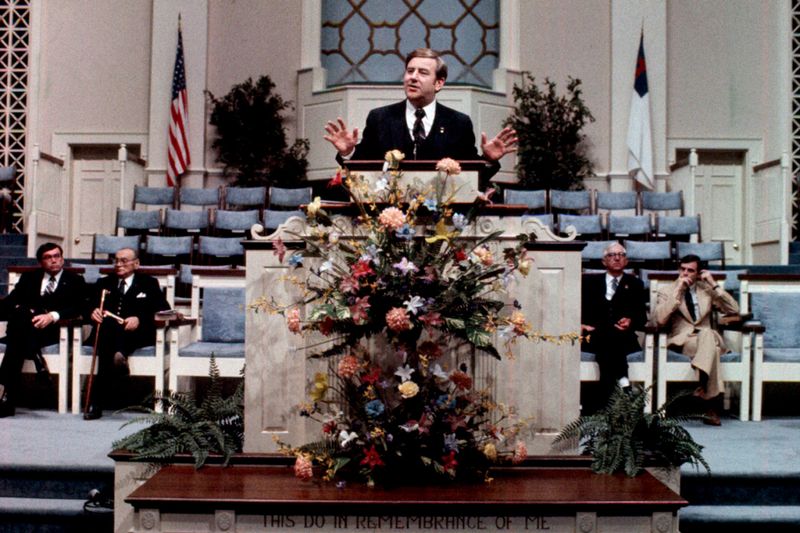
In the 1950s, discussing politics, religion, or money at social gatherings was as taboo as wearing white after Labor Day. These subjects were seen as potential minefields, capable of turning a dinner party into a debate hall.
The idea was to maintain an atmosphere of harmony and politeness, avoiding topics that could lead to conflict or discomfort. It was a time when keeping the peace was as important as the meal itself.
As society has become more open to diverse viewpoints, these conversations have become more common, reflecting a shift towards embracing rather than avoiding complex discussions.
23. Children Addressed Adults as ‘Sir’ or ‘Ma’am’
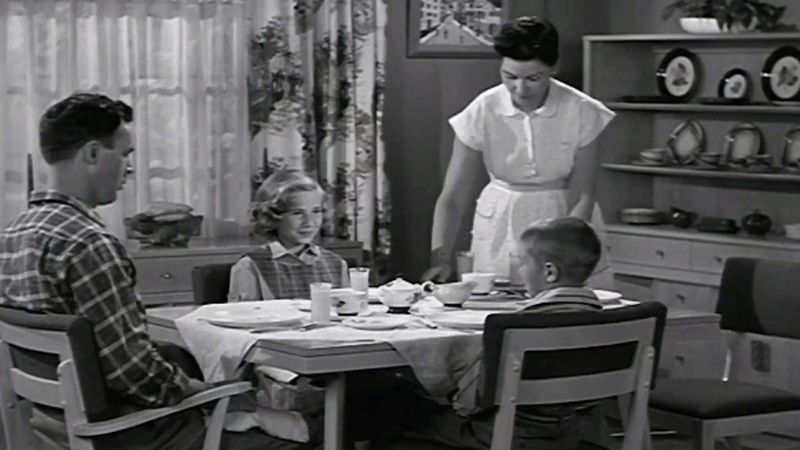
Respect in the 1950s was as tangible as a firm handshake, with children expected to address adults as ‘Sir’ or ‘Ma’am.’ This practice was ingrained into the fabric of social interactions, a sign of upbringing as clear as a school report card.
Failing to use these titles was seen as a breach of manners, akin to speaking with your mouth full. It was a time when respect for elders was not just expected but demanded, a reflection of the era’s hierarchical social structure.
While respect remains important, the formality of these titles has largely faded, replaced by more casual forms of address that reflect modern egalitarian values.
24. Women Judged for Going to Bars Alone

In the 1950s, a woman sitting alone at a bar was as scandalous as a cat in a dog show. It implied a sense of promiscuity, a bold act that flew in the face of conventional social norms.
Women were expected to frequent bars only in the company of men, with solo outings seen as an invitation for gossip and speculation. It was a time when a woman’s reputation was as fragile as a soap bubble, easily burst by public scrutiny.
Over the decades, societal views have shifted, allowing women the freedom to enjoy a drink alone without the weight of judgment. Today, it’s as ordinary as a walk in the park.
25. Racial and Gender Segregation
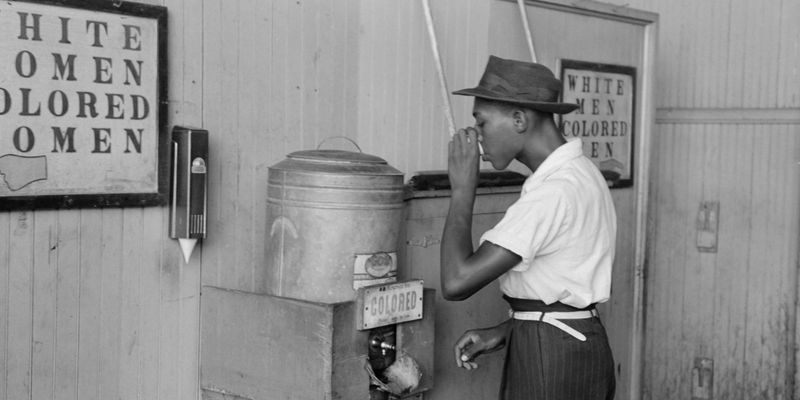
The 1950s were marked by the cruel reality of racial and gender segregation, a practice as divisive as a wall in a shared room. “Separate but equal” was the law of the land, creating a society of division that was anything but equal.
Public spaces, schools, and even job opportunities were segregated, reflecting deep-seated prejudices that were as pervasive as they were unjust. It was an era where the fight for civil rights began to gain momentum, challenging these entrenched inequalities.
The civil rights movements of the 50s and 60s paved the way for significant societal change, dismantling legal segregation and striving for true equality.
